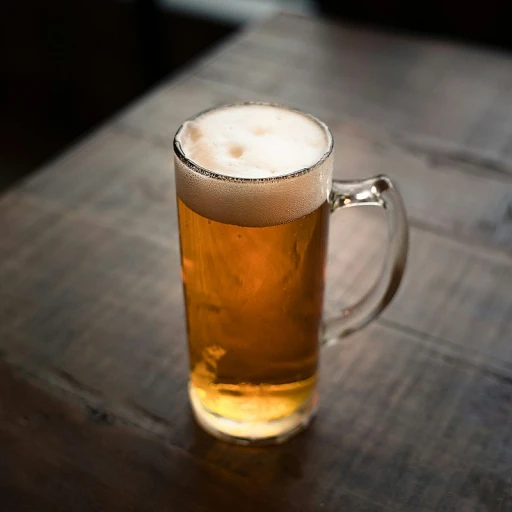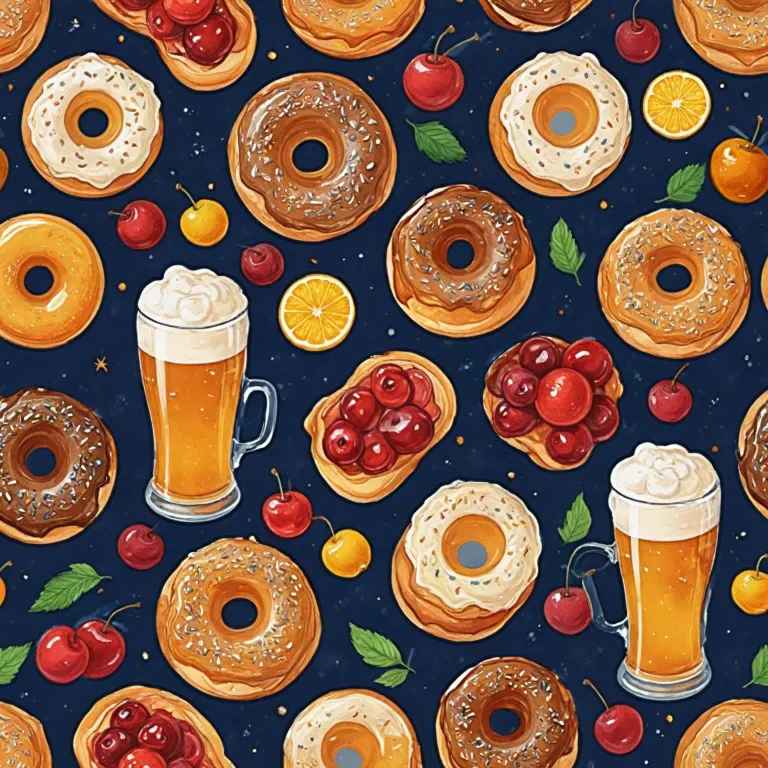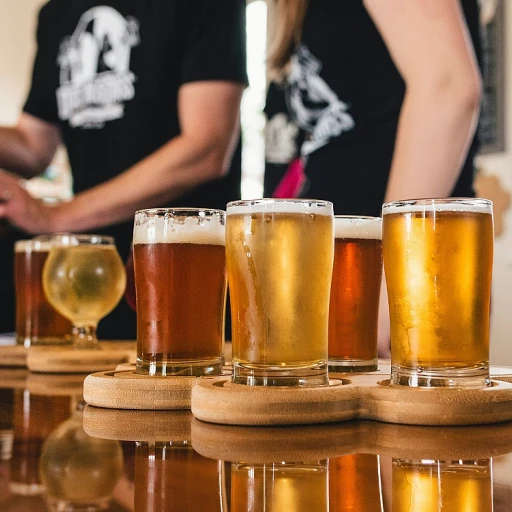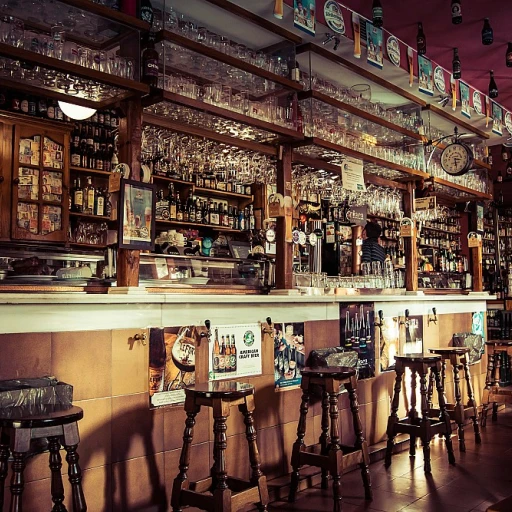
The Sweetness Factor
Unveiling The Sweet Flavors in Beer
When we think about beer, sweetness might not be the first thing that comes to mind. Traditionally, beers are associated with bitter or hoppy notes. However, certain beers have embraced the sweeter side, adding diversity to the beer spectrum. Sweet beers derive their charm from various ingredients and brewing techniques that balance the classic bitterness with a hint of sugary delight.
The sweetness in beer can arise from different sources such as malt, fruit additions, lactose, or even honey. Malts are the most common source, as they contain residual sugars that are not fully fermented by yeast. This residual sugar adds a subtle sweetness, rounding out the flavors, and enhancing the overall beer profile.
For those curious about how these sweet-tasting brews fit into their personal taste journey, consider the nostalgic treat of root beer barrels, which share some underlying sweet characteristics and can serve as a delightful comparison.
Exploring the realm of sweet beers not only satisfies a craving for something different but also opens up avenues for pairing these brews with various culinary delights, creating a harmonious dining experience. Whether you're brewing at home or enjoying them at a local brewery, sweet beers are a testament to the ever-evolving craft beer scene.
Popular Sweet Beer Styles
Embracing the Delights of Sweet Beer Varieties
When you're looking to indulge your sweet tooth with a beer, there are numerous styles to explore. These beers boast flavors that range from subtly sweet to decadently sugary, perfect for those who enjoy a touch of sweetness in their drink.- Fruit Lambics: Originating from Belgium, fruit lambics are a delightful choice when it comes to sweet beers. These beers are fermented with wild yeasts and combined with fruits like cherries (Kriek) or raspberries (Framboise). The result is a vibrant, sweet-and-sour profile that appeals to a wide range of palates.
- Milk Stouts: Known for their creamy texture, milk stouts are brewed with lactose, a sugar derived from milk that the yeast cannot ferment. This lactose lends a sweet, smooth finish that beautifully complements the roasted malt flavors in these beers.
- Honey Beers: Adding honey during the brewing process can create a versatile beer with floral sweetness and complex aromas. This sweet style is particularly popular in lighter ales and lagers, where honey's natural flavors can truly shine.
- Dessert Beers: These are crafted to taste like your favorite desserts. Think of beers that mimic the flavors of chocolate cake, tiramisu, or even pecan pie. Brewers often incorporate ingredients like vanilla beans, cacao nibs, and cinnamon to achieve these sweet, dessert-like profiles.
Brewing Sweet Beers at Home
Crafting Your Own Sweet Brews at Home
For aspiring homebrewers, crafting a sweet beer is both an art and a science. Those intrigued by the idea of brewing their own sweet beers will find endless possibilities, each bringing its unique twist to the sweetness factor. Below, we dive into some essential tips and methods for homebrewing sweet ales and lagers.- Selecting the Right Ingredients: The choice of malt is crucial for a sweet beer. Opt for malts rich in caramel and toast notes, as they naturally impart a sweet character to your brew. Speciality malts like Munich or Chocolate malt can enhance the depth of sweetness.
- Managing Yeast and Fermentation: Yeast selection and fermentation temperatures can dramatically impact the sweetness. Some yeast strains will leave more residual sugar, so choose wisely. Experimenting with strains known for their mild fruitiness can add an extra layer of complexity.
- Enhancing Sweetness Levels: If your goal is a distinctly sweet result, consider adding honey or molasses during fermentation. However, do note that these sugars will also influence the final flavor profile.
- Tweaking the Brewing Process: Controlling the mash temperature can influence how much sugar stays in the final product. A higher mash temperature typically results in a sweeter beer.
Pairing Sweet Beers with Food
Enhancing Culinary Experiences with Sweet Beers
Pairing sweet beers with food can elevate your dining experience, much like the way you would pair wine. The sweetness in a beer can balance out spicy dishes, enhance the flavors in desserts, and even complement savory flavors in unique ways.- Spicy Dishes: Sweet beers can be a perfect match for spicy dishes, such as Thai or Mexican cuisine. The sweetness helps to mellow the heat, allowing you to enjoy the complex flavors of the food without being overwhelmed by spice.
- Desserts: When it comes to desserts, sweet beers and sweet treats are a natural pairing. Consider a rich chocolate cake with a creamy milk stout, or a fruity lambic with a lemon tart. The flavors can harmoniously complement each other, creating a well-rounded taste experience.
- Savory Foods: For savory pairings, try sweet beers with saltier fare, such as charcuterie or blue cheese. The contrast between the beer's sweetness and the food's saltiness can create a delightful balance on your palate, enhancing the overall experience.

















